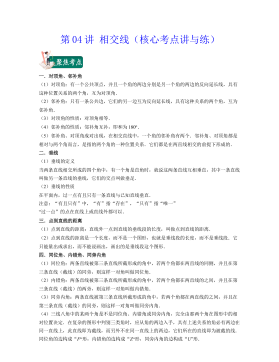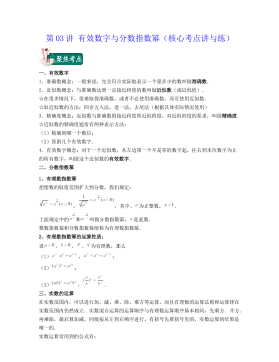长期资产减值会计制度变迁及其价值相关性研究——来自中国证券市场的经验证据
VIP免费
浙江财经学院硕士学位论文
II
摘要
2006 年2月15 日颁布的《企业会计准则 8号——资产减值》(以下简称 CAS8)
借鉴了 FASB 和IASB 的做法,采用单一的准则来规范长期资产减值问题,统一了
对各项长期资产进行减值时所采用的会计政策、判断标准和处理思想,在确认、
计量、披露等方面较之前的准则作出了更加详细的规定,力求为会计信息使用者
提供更真实、有用的信息。但是,CAS8 明确规定长期资产减值损失一经确认,在
以后会计期间不得转回。该规定虽有利于抑制通过长期资产减值计提和转回来恶
意操纵利润的现象,却否定了经济因素对资产价值的影响,造成了我国会计准则
与国际财务报告准则的重要差异。因而,此次长期资产减值会计制度的变革能否
达到准则制定者所希望的改进会计信息质量、提高会计信息决策有用性的初衷?
以及禁止长期资产减值转回这一规定是否具有合理性?这些问题便是本文所要研
究的内容。
本文从会计目标理论入手,对有效市场理论、会计信息作用机制理论以及资
产减值会计相关理论进行了分析。在此基础上,从投资者的立场,采用价值相关
性研究方法,以沪深两市 A股上市公司 CAS8 执行前后的面板数据为研究对象,
就长期资产减值会计制度变迁对会计信息有用性的总体影响进行了实证检验。同
时又对长期资产减值转回会计信息的有用性进行了实证检验,以评价 CAS8 禁止
长期资产减值转回的合理性。
研究发现,CAS8 执行前长期资产减值会计信息具有价值相关性,而 CAS8 执
行后长期资产减值会计信息却不具有价值相关性。本文分析,
CAS8 执行后长期资
产减值会计信息不具价值相关性的主要原因是禁止长期资产减值转回,故而又进
一步对长期资产减值转回所提供的会计信息价值相关性进行实证检验,结果显示
长期资产减值转回所提供的会计信息能够改进上市公司会计信息的质量,具有价
值相关性。由此得出:虽然 CAS8 禁止长期资产减值转回可以扼制一些企业利用
长期资产减值转回操纵利润的短期行为,在一定程度上保证了会计信息的可靠性。
但它否定了市场变化因素对资产价值的影响,不符合资产的定义和新准则所提倡
的资产负债观的要求,也与决策有用观的会计目标相背离,是以牺牲会计信息的
相关性为代价的。这种牺牲并没有换取准则制定者所期望的提高会计信息总体有
用性的目的,反而使长期资产减值会计信息的价值相关性变差。所以,本文认为
CAS8 禁止长期资产减值转回不但使会计信息的有用性受到损害,而且使长期资产
减值会计制度变革的效果大打折扣,同时也导致了我国会计准则与国际财务报告
准则的重要差异,与我国决心与国际财务报告准则持续全面趋同的步伐不相吻合。
针对研究结论,本文提出了如下三方面的建议:(1)完善长期资产减值转回
浙江财经学院硕士学位论文
III
的规范;(2)完善资产减值准则执行的内部保障机制;(3)改善资产减值准则
执行的外部环境。
关键词:新准则;价值相关性;长期资产减值;减值转回
ABSTRACT
浙江财经学院硕士学位论文
IV
On February 15, 2006, China issued Accounting Standard for Business Enterprise
No.8:Asset Impairment Accounting (CAS8). In order to provide more true and useful
information for accounting information users, the CAS8 used a single standard to
regulate the question of long-term assets impairment by drawing on the experience of
the FASB and the IASB, which unified accounting policies, judgment standards and
disposal thought of long-term assets impairment, and which laid down more detailed
regulations compared with the former standard in recognition, measurement, disclosure
and so on. However, the CAS8 made it clear that company can’t reverse the long-term
assets impairment once the impairment is recognized. This regulation is conducive to
restrain corporation using impairment provision and reversal to do profit manipulation,
but denies the impact of the economic factors on asset values, making an important
difference in the accounting standards of China and International Financial Reporting
Standard. Therefore, whether the revolution of long-term assets impairment accounting
system can achieve its original intention to improve the quality and usefulness of
accounting information? and whether the regulation that prohibiting reversing the
long-term assets impairment is reasonable ?These problems are the contents to be
studied.
Based on the analysis of accounting objective theory, efficient market theory,
accounting information mechanism theory and related theory of asset impairment
accounting, this paper examines the total impact of the change of long-term assets
impairment accounting system on the usefulness of accounting information by using
value relevance research methods from the standpoint of the investors, where panel data
of A-share listed companies before and after the implementation of the CAS8, serves as
research object. At the same time, this paper examines the usefulness of accounting
information of long-term assets impairment reversal, evaluating the reasonability of
prohibiting reversing the long-term assets impairment.
In this study, we found that accounting information of long-term assets impairment
has the value relevance before the implementation of the CAS8, but it does not have the
value relevance after the implementation of the CAS8. This paper analyzesthat
prohibiting reversing the long-term assets impairment is the main reason for accounting
information of long-term assets impairment having no value relevance. So we further
examine the value relevance of accounting information of long-term assets impairment
reversal, and found that accounting information of long-term assets impairment reversal
has value relevance. The empirical results show that the CAS8 prohibits reversing the
摘要:
展开>>
收起<<
浙江财经学院硕士学位论文II摘要2006年2月15日颁布的《企业会计准则8号——资产减值》(以下简称CAS8)借鉴了FASB和IASB的做法,采用单一的准则来规范长期资产减值问题,统一了对各项长期资产进行减值时所采用的会计政策、判断标准和处理思想,在确认、计量、披露等方面较之前的准则作出了更加详细的规定,力求为会计信息使用者提供更真实、有用的信息。但是,CAS8明确规定长期资产减值损失一经确认,在以后会计期间不得转回。该规定虽有利于抑制通过长期资产减值计提和转回来恶意操纵利润的现象,却否定了经济因素对资产价值的影响,造成了我国会计准则与国际财务报告准则的重要差异。因而,此次长期资产减值会计制度...
相关推荐
-
跨境电商商业计划书模版VIP免费
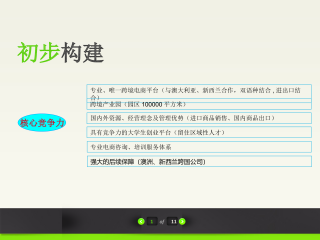
 2025-01-09 27
2025-01-09 27 -
跨境电商方案范文VIP免费
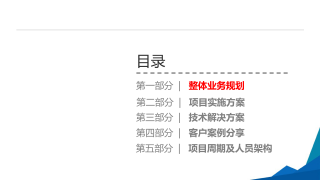
 2025-01-09 14
2025-01-09 14 -
创业计划书VIP免费
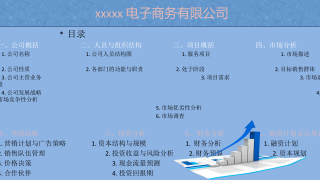
 2025-01-09 18
2025-01-09 18 -
xx生鲜APP计划书VIP免费

 2025-01-09 12
2025-01-09 12 -
跨境电商创业园商业计划书(盈利模式)VIP免费
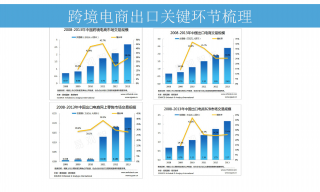
 2025-01-09 8
2025-01-09 8 -
跨境电商计划书VIP免费
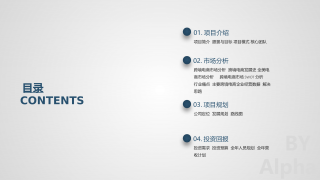
 2025-01-09 13
2025-01-09 13 -
绿色食品电商平台项目计划书VIP免费

 2025-01-09 22
2025-01-09 22 -
农产品电子商务商业计划书VIP免费

 2025-01-09 9
2025-01-09 9 -
农村电商平台商业计划书VIP免费
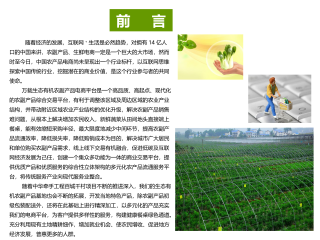
 2025-01-09 13
2025-01-09 13 -
生鲜商城平台商业计划书VIP免费
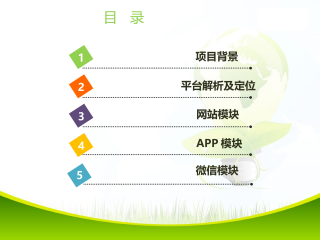
 2025-01-09 21
2025-01-09 21
作者:李佳
分类:高等教育资料
价格:150积分
属性:50 页
大小:530.05KB
格式:PDF
时间:2024-09-20


